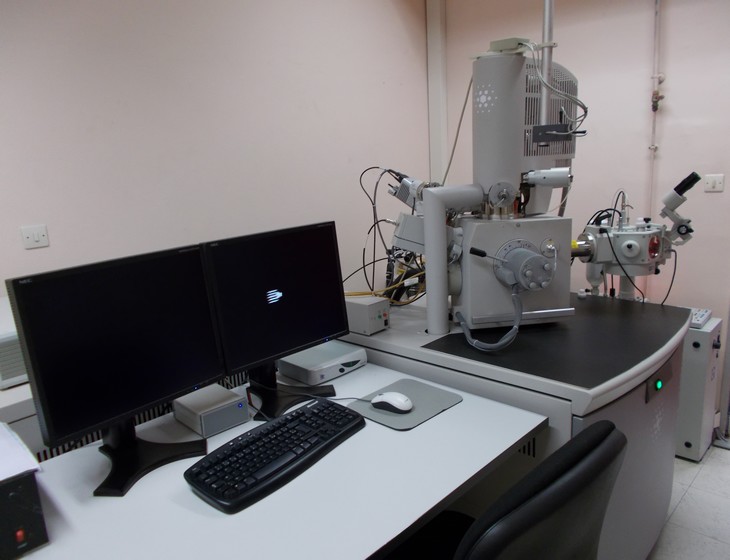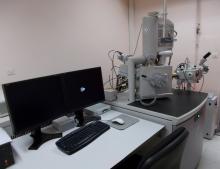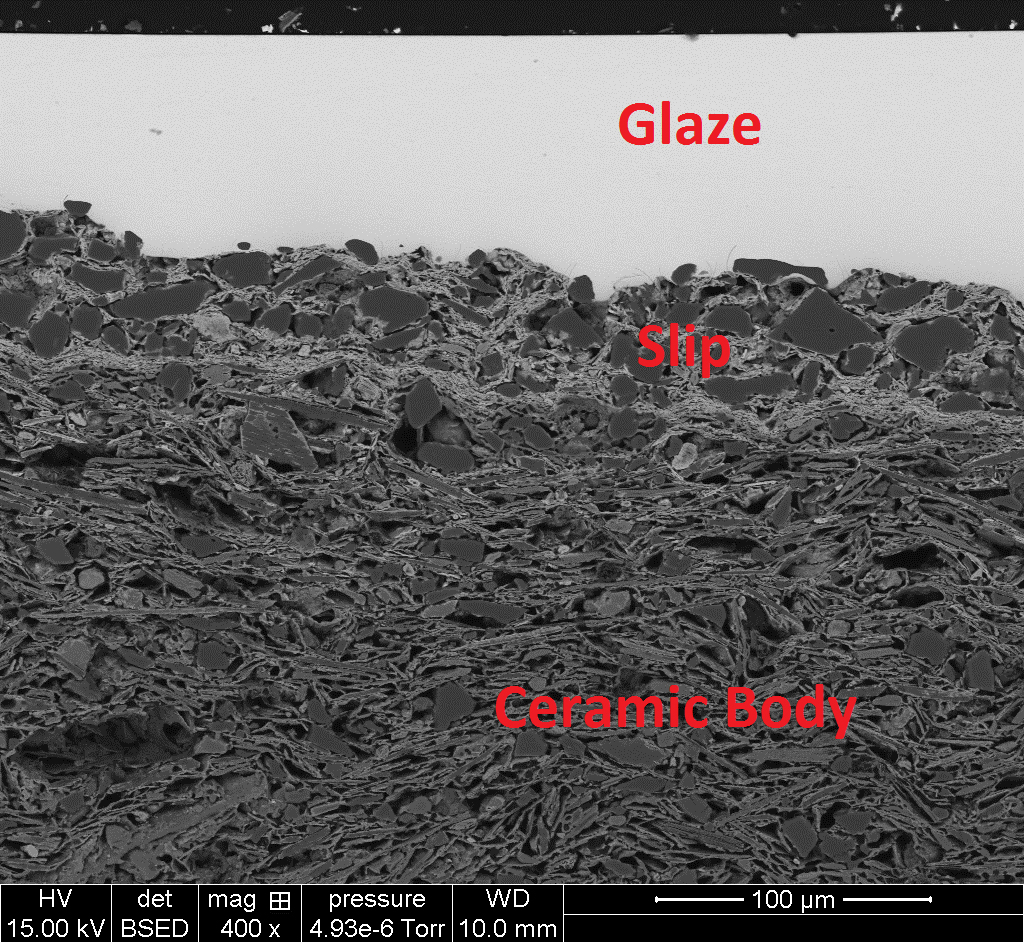XIVth international AIECM3 congress, Ravenna 18-23/11/2024
The XIVth congress of the AIECM3, "Association internationale pour l'étude de la céramique médiévale et moderne en Méditerranée", which will take place in Ravenna on 18-23 November 2024.
The provisionnal program in online!
The following sessions are proposed:








